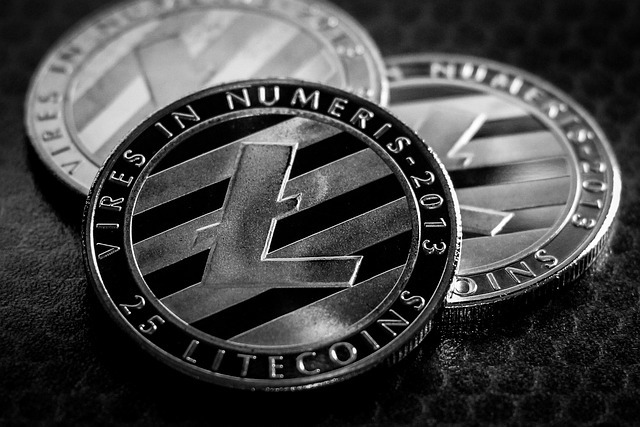
- Bitcoin miners face growing challenges after the fourth halving, which cut rewards in half and pushed hashprices down.
- To restore profitability and reach a $100 hashprice, Bitcoin’s price must climb significantly, while miners must also adapt to rising mining difficulty, fluctuating fees, and advancing technology.
Bitcoin miners are on a never-ending quest to maintain profitability, and the recent shifts in market dynamics have made this pursuit more challenging than ever. The fourth Bitcoin halving event has reshaped the landscape, cutting rewards by half and forcing miners to adjust to new realities. But what does it take for hashprices—the metric that determines miners’ daily earnings per petahash per second (PH/s)—to reach the coveted $100 mark again?
The Impact of the Fourth Halving on Mining Rewards
The latest halving in April 2024 reduced block rewards from 6.25 BTC to 3.125 BTC, significantly lowering the payouts miners receive for each block added to the blockchain. Before this event, Bitcoin hit a peak price of $73,794, and hashprices during that period ranged between $105 and $125 per PH/s. As of October, Bitcoin’s value has fluctuated between $61.2K and $68.5K, with hashprices hovering around $47.88 to $53 per PH/s. For miners to see hashprices return to their pre-halving highs, Bitcoin’s price would need to jump significantly—into the $135,000 to $171,000 range, a dramatic leap of up to 150%.
Mining Difficulty and Its Role
Mining difficulty plays a crucial role in determining profitability. As more miners join the network and computing power increases, so does mining difficulty, making it harder to solve blocks and reducing the chance of earning rewards. In October, mining difficulty increased by 4.12%, and further hikes are expected. This means that, even if Bitcoin’s price continues to rise, higher difficulty could offset some of the potential gains in hashprice, especially as miner rewards shrink.
Efficiency, Transaction Fees, and Technological Advancements
Advances in mining technology have helped miners become more efficient, with new models such as Bitmain’s Antminer U3S21EXPH capable of pushing 860 terahashes per second (TH/s). These machines can boost overall mining power while reducing energy consumption, helping miners maintain profitability in a tight margin environment.
Another crucial factor is the rise in onchain fees, which fluctuate with Bitcoin’s price movements. Should Bitcoin hit the $80,000 to $90,000 range, fees are likely to spike, further increasing miners’ revenues and helping them cope with the increased difficulty.
The Future of Bitcoin Mining
While hitting a $100 hashprice is a tall order under current conditions, the path forward lies in resilience and adaptation. Miners must embrace technological innovations, improve efficiency, and stay agile in response to market forces. Success in this evolving crypto economy will depend on navigating the complex interplay between Bitcoin’s price, mining difficulty, and onchain fees. Until then, miners will keep pushing for higher prices to ensure profitability in the ever-competitive Bitcoin mining landscape.




